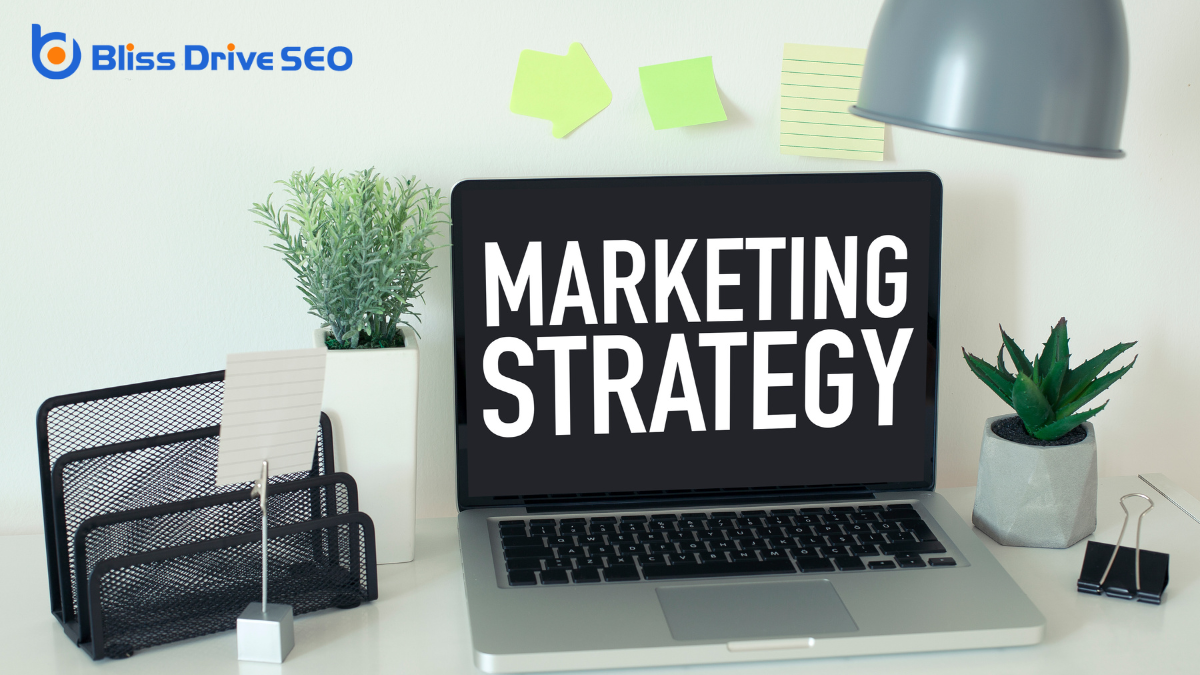Learn More About Us

When we commence a competitive analysis, we're setting the stage for strategic growth. By pinpointing our key competitors and digging into their products, services, and marketing tactics, we gain invaluable insights. Understanding their strengths and weaknesses allows us to spot gaps and seize opportunities for differentiation. But how do we effectively gather and utilize this information? Let’s explore the steps that will guide us to a thorough and actionable competitive analysis.
When we commence on identifying our key competitors, it's important to start by understanding the landscape we operate in. We need to look at who offers similar products or services and targets the same customer base. This step requires us to analyze market trends and recognize both direct and indirect competitors.
Direct competitors offerThe specific product or service being promoted by affiliates. similar solutions, while indirect ones fulfill the same customer needs differently.
To successfully identify these players, we should use tools like market research reports, social media insights, and industry publications. Attending trade shows and networking events can also provide valuable insights into who our competitors are.
To effectively analyze competitors' products and services, we should focus on key elements that set them apart in the market.
Let's start by examining their unique features and benefits. What makes their offerings stand out? Are they leveraging innovative technology or providing exceptional customer service?
Next, we should look at their pricing strategies. Are they offering more value for less cost, or do they target a premium segment with higher prices? Understanding their pricing helps us gauge where they fit in the market landscape.
Customer feedbackInformation provided by customers about their experience with a product or service, used to improve ... is another crucial area. Reading reviews and testimonials can provide insights into what customers love or dislike about their products and services.
This information helps us identify potential gaps in our offerings and discover areas for improvement.

Now that we've explored competitors' products and services, it's important to shift our focus to their marketing strategies. By doing so, we can uncover how they attract and engage their audience.
Let's examine their advertising channels, whether it’s social media, email marketingThe use of email to promote products or services, build relationships with potential customers, and ..., or traditional media. What messaging do they use, and how often do they communicate with their audience? Observing their brand positioningThe strategy of placing a brand in a specific niche in the market to distinguish it from competitors... will help us understand their unique selling points and how they differentiate themselves in the market.
Next, let's analyze their online presence. Are their websites user-friendly, and do they rank well on search engines? Are they active on social media platforms, and how do their followers engage with them?
Understanding these elements will provide valuable insights for refining our own marketing strategies.
Let's plunge into the crucial task of evaluating competitors' strengths and weaknesses, a step essential for gaining a strategic edge.
We need to ask ourselves: What do they excel at? Is it customer service, technological innovation, or perhaps their market reach? By understanding their strengths, we can identify areas where they currently dominate.
On the flip side, a keen eye for their weaknesses can reveal opportunities for us. Are they struggling with customer engagementThe level of interaction and involvement a customer has with a brand., product quality, or maybe slow adaptation to market trends? By pinpointing these areas, we can position ourselves to fill the gaps they leave behind.
To thoroughly assess these aspects, we should analyze their product offerings, customer reviews, financial performance, and even employee satisfaction.
This thorough understanding will guide our strategic decisions.
Identifying opportunities for differentiation is a critical step in carving out our unique space in the market.
We need to pinpoint what sets us apart from competitors to attract and retain customers.
By thoroughly understanding our competition, we can identify gaps in their offerings and capitalize on those areas.
Let's focus on creating value through innovation, superior customer service, or unique features.
In summary, by following these five steps, we can effectively conduct a competitive analysis that provides valuable insights into our market landscape. Identifying key competitors helps us understand who we're up against, while analyzing their products, services, and marketing strategies reveals their strengths and weaknesses. By evaluating these areas, we uncover opportunities for differentiation and innovation. Let's leverage these insights to enhance our offerings and deliver exceptional value to our customers, ensuring we stay ahead in the market.
